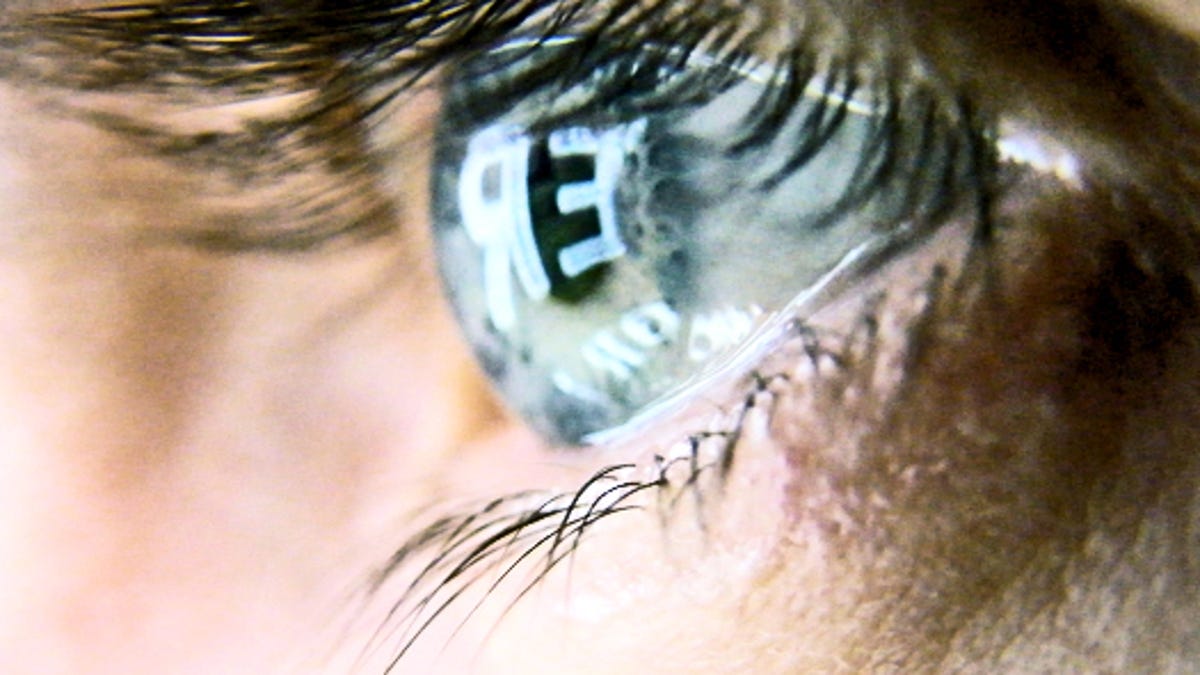Faster brain scans offer new perspective on brain activity
Magnetoencephalography allows researchers to observe neural activity with frequency waves that are faster than 50 cycles per second.

Our brains are mysterious organs. And fast. Too fast, it turns out, to be fully observed using the current gold standard: functional magnetic resonance imaging (fMRI).
So researchers at Washington University School of Medicine in St. Louis and the Institute of Technology and Advanced Biomedical Imaging at the University of Chieti in Italy are turning to faster technology called magnetoencephalography (MEG) to sample neural activity every 50 milliseconds.
In doing so, they've been afforded novel insights into the inner-workings of neural networks in resting and active brains. As the researchers report in the journal Neuron, these new insights could help us better understand how brain networks function and, in turn, better diagnose and treat brain injuries.
"Brain activity occurs in waves that repeat as slowly as once every 10 seconds or as rapidly as once every 50 milliseconds," said senior researcher and neurology professor Maurizio Corbetta in a school news release. "This is our first look at these networks where we could sample activity every 50 milliseconds, as well as track slower activity fluctuations that are more similar to those observed with functional magnetic resonance imaging. This analysis performed at rest and while watching a movie provides some interesting and novel insights into how these networks are configured in resting and active brains."
The scientists observed brain activity in two groups of volunteers: one that was either resting or watching a movie during the scans, and another that was watching a movie and looking for event boundaries -- i.e., points at which the plot or some element of the story changed.
The scientists initially used fMRI to locate several known resting-state brain networks, which are characterized by activity levels that rise and fall in sync when the brain is at rest. They were surprised to see that the spatial pattern of activity, which they call topography, was similar regardless of whether the brain was active or at rest. Still, fMRI limited their ability to observe activity that changed faster than every 10 seconds.
When they turned to MEG, which enabled them to detect activity with frequency waves faster than 50 cycles every second, the higher "temporal resolution" showed that when the volunteers went from resting to watching a movie, these networks actually shifted frequency channels, which indicates that our brains may use different frequencies for rest versus activity.
Most of the volunteers noticed similar event boundaries in the movie. (They were told to push a button when they observed one.) The MEG scans found that near those event boundaries, brain activity changed between regions in the visual cortex.
"This gives us a hint of how cognitive activity dynamically changes the resting-state networks," Corbetta said. "Activity locks and unlocks in these networks depending on how the task unfolds. Future studies will need to track resting-state networks in different tasks to see how correlated activity is dynamically coordinated across the brain."

